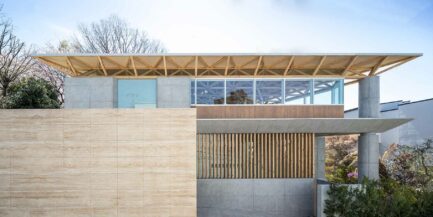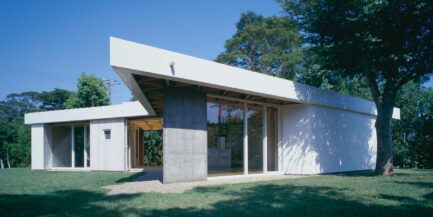Innovative Material Applications in Modern Construction
The construction industry is experiencing a materials revolution, with architects and engineers exploring unconventional resources that offer superior performance characteristics while reducing environmental impact. Recycled cardboard tubes, bamboo composites, and bio-based polymers are emerging as viable alternatives to traditional building materials, offering unique structural properties and aesthetic possibilities.
These innovative materials often require specialized construction techniques and careful consideration of local climate conditions, building codes, and maintenance requirements. However, their adoption represents a significant step toward creating a more sustainable built environment that can adapt to changing environmental conditions and resource availability.
The development of smart materials that respond to environmental stimuli, such as temperature-sensitive polymers and self-healing concrete, promises to revolutionize building performance and longevity. These technologies enable structures to adapt automatically to changing conditions, reducing energy consumption and maintenance costs while improving occupant comfort and safety.




